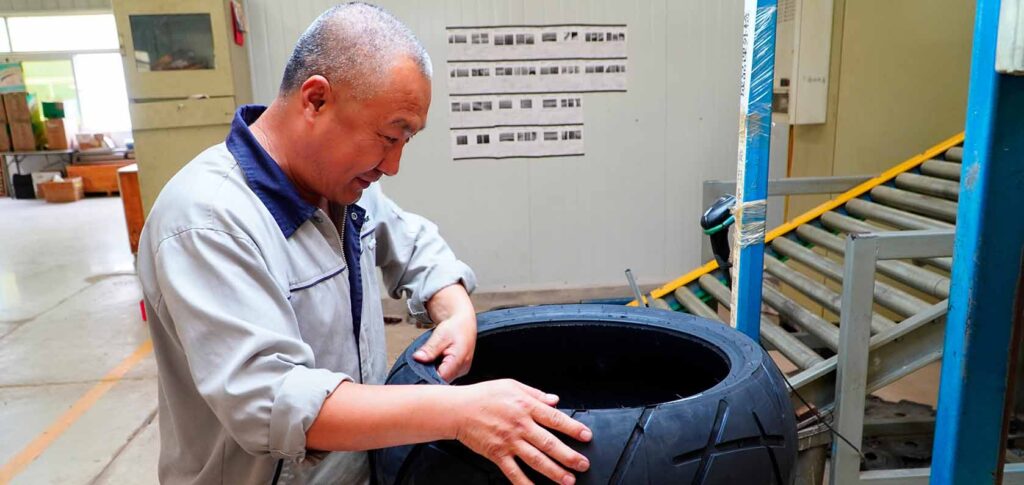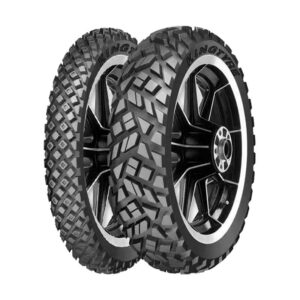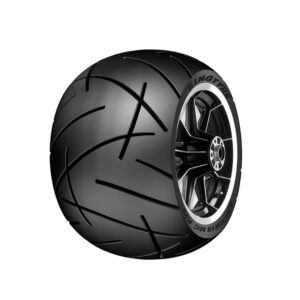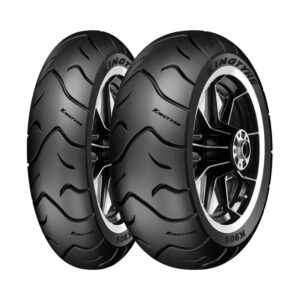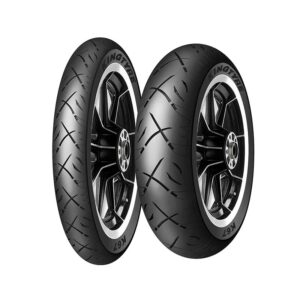Choosing the right motorcycle racing slicks is one of the most critical decisions for riders aiming to achieve maximum performance on the track. As a leading motorcycle tires factory, Kingtyre delivers high-performance racing slicks engineered with precision to meet the demands of professional racers worldwide. This guide will walk you through the factors to consider, benefits of premium slicks, and our top product recommendations.
Motorcycle racing slicks are treadless performance tires designed exclusively for track use. Their smooth surface maximizes contact with the road, delivering unparalleled grip and stability at high speeds. Unlike street tires, slicks are made from softer, high-grip rubber compounds, allowing for rapid warm-up and superior traction.
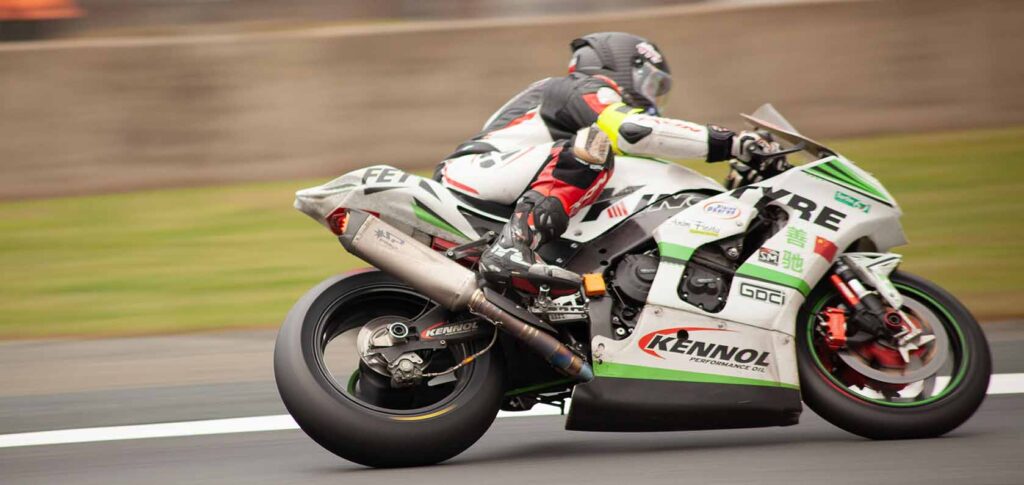
High-quality racing slicks can improve lap times by up to 2 seconds per circuit compared to standard sport tires, according to Kingtyre’s internal testing. Their stability during cornering and predictable handling under extreme loads make them the tire of choice for competitive riders.
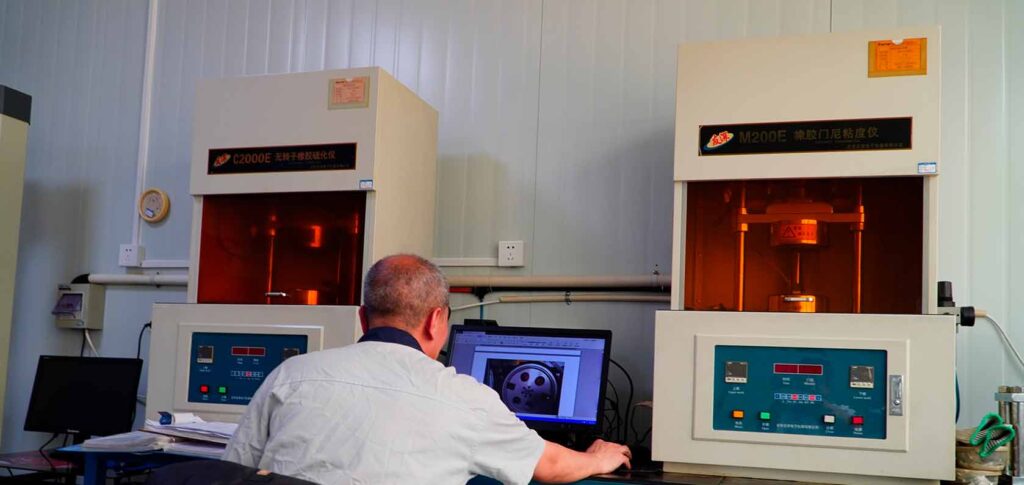
Racing slicks perform optimally within a 60°C–110°C temperature window. Using the wrong compound for the track temperature can lead to grip loss or excessive wear.
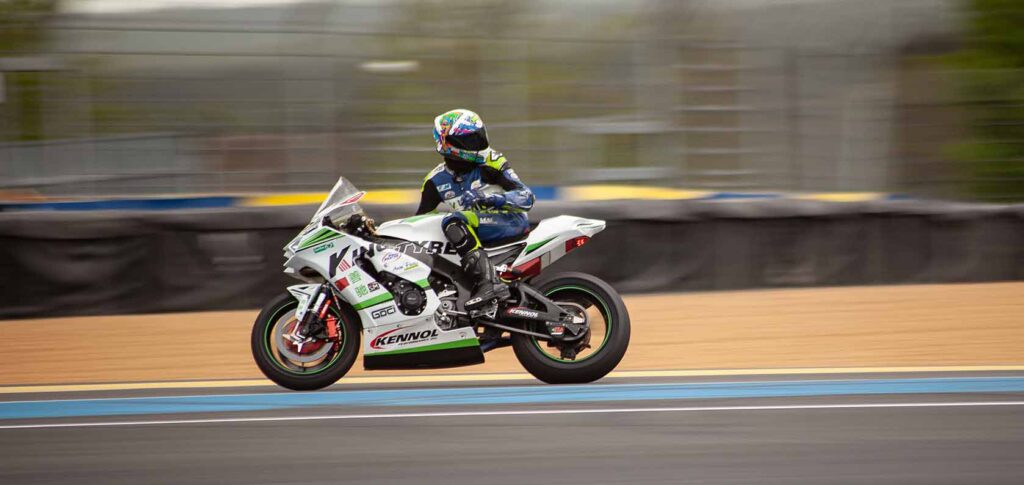
Kingtyre racing slicks increase contact patch area by up to 12% compared to conventional track tires, resulting in greater traction during acceleration and braking.
The reinforced carcass structure maintains shape under extreme loads, reducing tire flex by 18%, which improves stability at high lean angles.
Riders report an average cornering speed increase of 5–8 km/h with Kingtyre slicks, providing a significant competitive advantage.
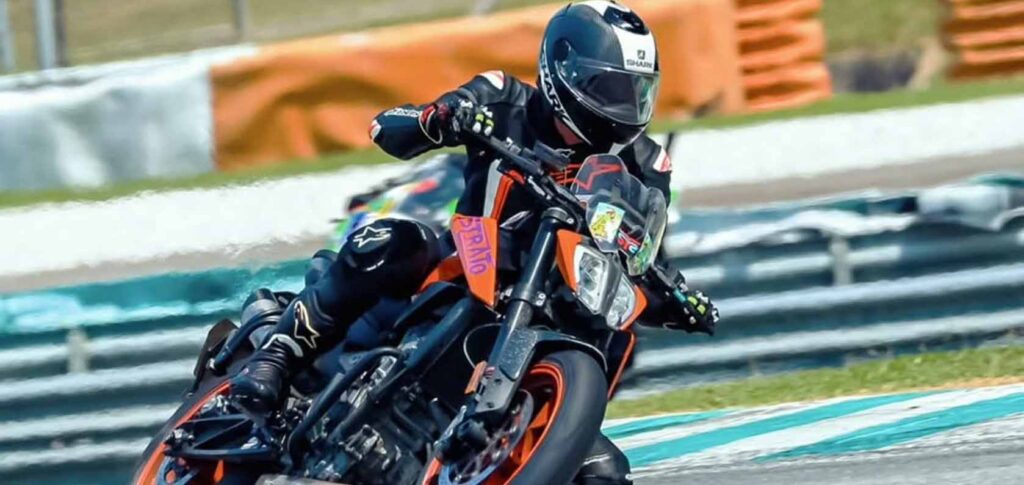
The Kingtyre K00 is our flagship slick tire, designed for maximum dry performance.
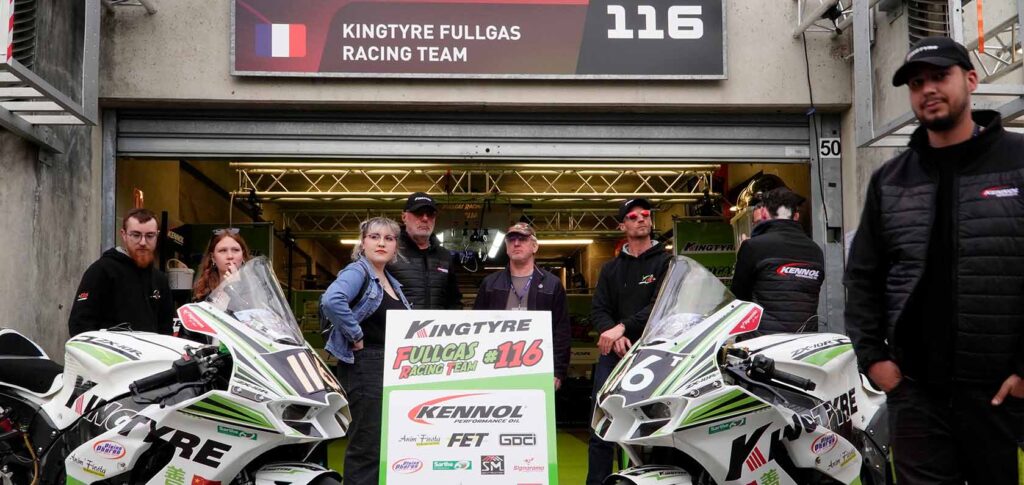
Store slicks in a cool, dry place at 15°C–25°C and away from direct sunlight. Clean off rubber debris after each session to prevent uneven wear.
Inspect for surface tearing, sidewall cracks, and flat spots after each race. Replace tires once tread rubber depth falls below 2.5 mm or when grip noticeably drops.
